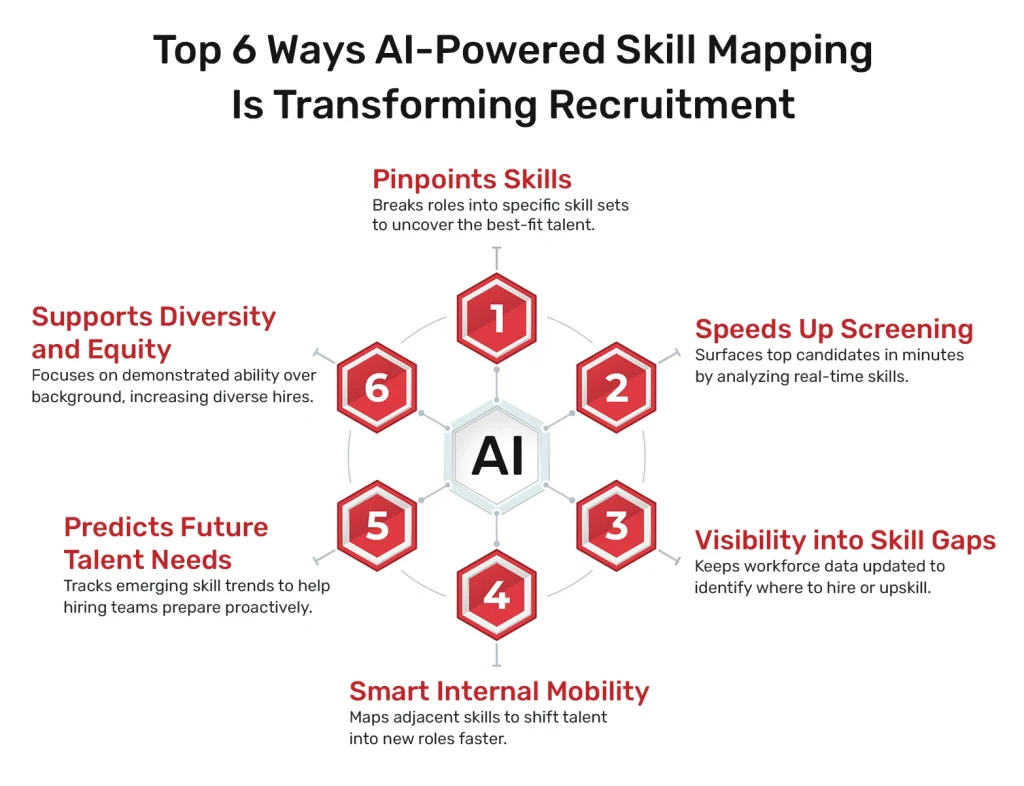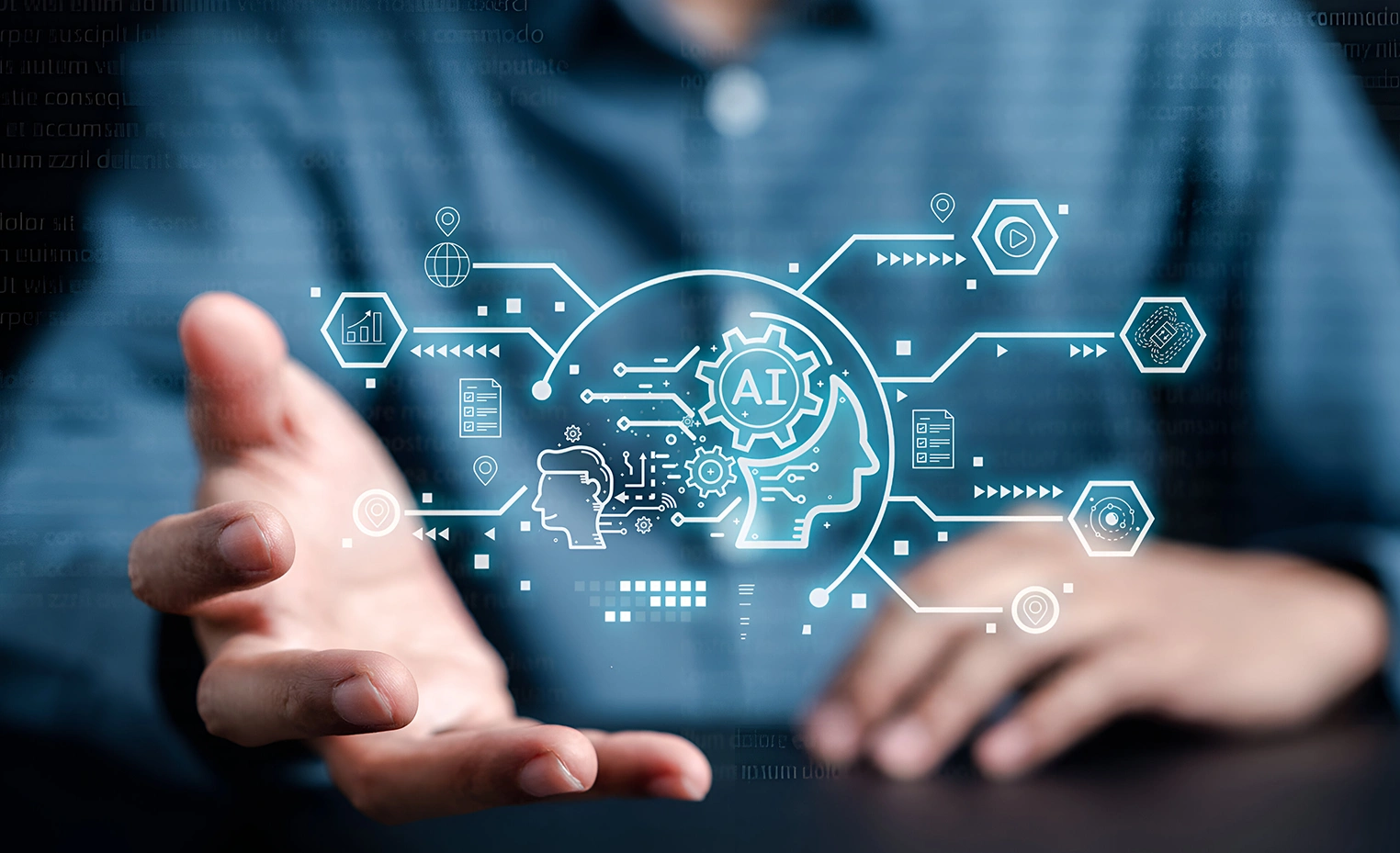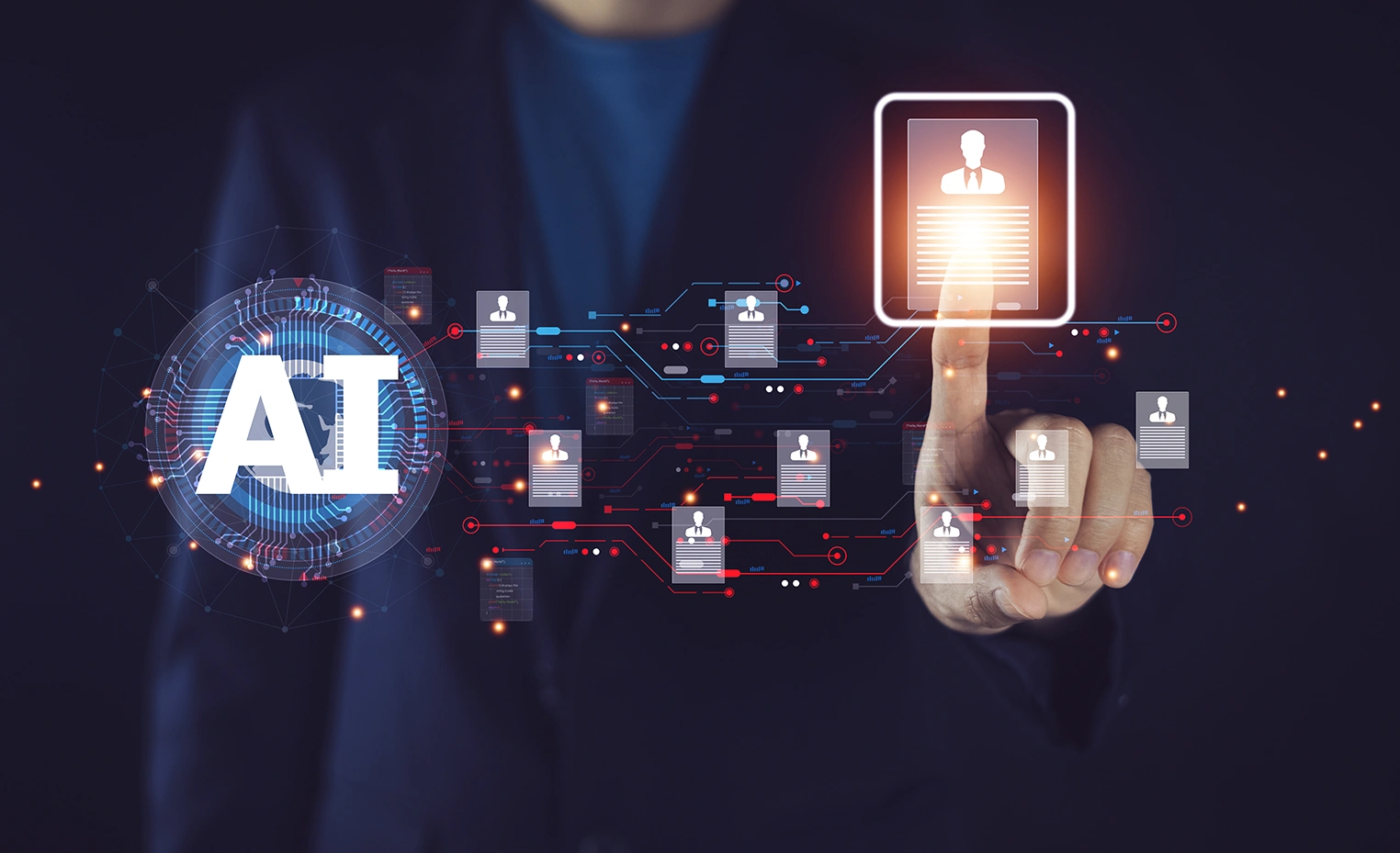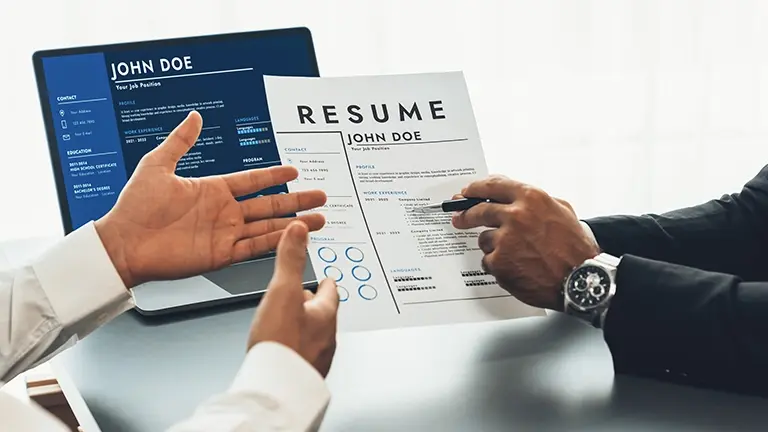Skill-based hiring is changing the way recruiting teams find talent. For years, a college degree was the golden ticket—job descriptions included stringent education requirements, and recruiters filtered candidates solely based on their credentials. If you did not have the necessary educational background, you most likely did not receive the job.
But this is no longer enough. While education is important, talents and real-world experience are also becoming significant in today’s workforce. More and more organizations are increasingly looking beyond degrees and focusing on what people can do rather than where they studied.
Companies are now attempting to be more holistic in their talent assessments. This transformation is taking place on a massive scale thanks to artificial intelligence (AI). Instead of depending on outdated screening processes, organizations are utilizing AI powered skill mapping to find the best-fit talent.
Let’s explore the benefits and challenges AI skill mapping holds in today’s recruitment landscape.
Table of Contents
ToggleThe Role of AI in Recruitment
A 2024 survey conducted by Boston Consulting Group revealed that seven out of ten organizations are exploring the use of AI or generative AI within their HR departments. Among the various HR functions, talent acquisition stands out as the most frequently applied use case. That’s because AI excels at the marketing and administrative duties that are essential components of the hiring process—and the results are already seen.
Most enterprises (92%) say they are already seeing benefits, with more than 10% reporting 30% productivity gains. There’s genuine potential here—particularly in enabling recruiters to focus more on building meaningful candidate relationships and expanding access to diverse talent pools.
More than 69% of organizations using AI in recruiting use it for content production, including job descriptions, marketing communications, and assessments.
Scheduling interviews is an example of administrative responsibility. More than 70% of organizations already use AI or GenAI in HR.
Matching candidates based on their talents to job specifications. Over half of the organizations leveraging AI or generative AI in HR have either rolled out their implementations or are actively in the process of doing so.
A key advantage for businesses adopting AI in HR is gaining access to broader and previously untapped talent pools. In 2025, to streamline the recruitment process amid high applicant volumes, recruiters have typically limited their search to a specific geographic area. However, AI in recruitment widens the net, allowing recruiters to screen significantly more people and identify areas where abilities match job requirements.
What is AI-Powered Skill Mapping?
In today’s fast-evolving workplace, skill mapping plays a pivotal role in helping organizations stay ahead of the curve. It serves as the cornerstone of workforce development strategies moving into 2025 and beyond. Consider creating a detailed snapshot of your organization’s capabilities. It reveals exactly what capabilities your employees have, what level they are at, and, most crucially, where the gaps may exist. Effective skill mapping improves employee performance, talent retention, and workforce planning.
AI-powered skill mapping is a cutting-edge HR tool that employs artificial intelligence and machine learning algorithms to evaluate, visualize, and optimize a candidate. This revolutionary method goes beyond standard personnel management by delivering data-driven insights into the skills, capabilities, and potential of the current workforce and talent market.
AI-driven skill mapping solutions often feature skill evaluation algorithms, predictive analytics tools, data visualization capabilities, and integration with human resource information systems. These components work together to provide a complete picture of an organization’s talent landscape.
These systems use complex AI algorithms to process massive volumes of data from several sources, such as personnel profiles, performance records, industry trends, and external talent pools. The integration of different data sets offers a more comprehensive approach to talent management and workforce planning.
Benefits of AI-Powered Skill Mapping in Recruitment Process
Intelligent skill matching makes recruitment smarter, faster, and fairer. It turns guesswork into data, saves time, and identifies overlooked talent. A Forbes report suggests that organizations using skills-based AI have significantly improved hiring efficiency and workforce agility
1. Pinpoint skills, not just credentials
Traditional job postings often list degrees and titles. AI driven skill mapping breaks roles down into precise skill sets, capturing abilities that resumes miss. According to Forbes, this skills-first approach helps discover hidden talent—particularly for roles without formal qualifications.
2. Speed through screening—without compromising quality
Screening via AI cuts through applicant noise. Where recruiters once spent weeks sifting through resumes, automated systems can surface top candidates in minutes—factoring in learning potential and evolving skill profiles.
3. Realtime visibility into skills gaps
Ever wondered which in-house skills are ready and which roles need external hiring? AI powered skill mapping keeps talent data current. It is noted that 87% of companies struggle with unseen skill gaps—but AI’s real-time analysis changes that.
4. Build smarter internal mobility and learning
Forbes reports that firms leveraging AI skill mapping see significantly higher internal mobility—mapping adjacent skills enables faster, smarter redeployment, reducing external hiring by 30% and increasing retention. Scalable, agile teams emerge when talent can easily shift into new roles.
5. Predicts future talent needs
Great hiring isn’t reactive—it’s proactive. AI monitors emerging skill trends and predicts hiring needs, helping companies prepare ahead of time. According to Forbes, skill mapping systems equipped with pattern analysis forecast hiring needs by tracking emerging competencies. This allows teams to proactively close gaps before they become problematic, reducing time-to-fill by up to 25% and minimizing last-minute scramble.
6. Supports diversity and equity
By focusing purely on demonstrated skills rather than schooling or background, AI mapping tools help level the playing field for overlooked talent pools. AI-powered skill mapping helps reduce hiring bias by prioritizing candidates’ real-world capabilities and achievements over traditional credentials or backgrounds. Companies using skills-first frameworks have seen a 20% increase in diverse hires—identifying talent pools traditionally overlooked.

Benefits of AI-Powered Skill Mapping in Recruitment Process
While intelligent skill matching sounds like a recruiter’s dream—matching the right people to the right roles in seconds—it’s not all smooth sailing. Many companies still face real challenges when trying to adopt this tech.
- Data quality & fragmentation
Even the most advanced AI can only perform as well as the data driving it. In many organizations, skill-related data is scattered across spreadsheets, outdated HR systems, or buried in resumes. The absence of a centralized data source hampers an AI’s ability to generate precise skill-matching outcomes.
- Lack of standardization
Skills don’t always mean the same thing across roles or industries. Definitions of “project management” can vary significantly between companies, depending on their structure and strategic focus. This lack of uniformity makes it hard for AI to analyze and compare apples to apples when mapping talent.
- Resistance to change
There’s still some hesitation among hiring decision-makers when it comes to embracing AI for identifying top talent. There’s a natural hesitation around new tech, especially when it threatens traditional gut-based hiring.
- Bias built into the system
Ironically, AI can perpetuate bias if the training data it’s built on is skewed. Unless properly managed, AI can adopt and reinforce unfair hiring patterns rooted in past biased decisions, leading to skewed skill assessments.
- High implementation costs
Integrating AI-powered skill mapping into legacy systems isn’t always plug-and-play. It takes time, investment, and internal alignment across HR, IT, and leadership to roll out successfully.
In short, AI in skill mapping holds major promise—but realizing its full potential means tackling these challenges head-on. Success doesn’t hinge on advanced technology alone—it depends on how intelligently we put it to use.
The Future of Skill Mapping in the AI Era
Skill mapping is evolving from a hiring tactic to a business strategy—and AI is the engine driving it forward. In the coming years, AI-powered skill mapping will become more dynamic and predictive. Instead of static resumes, we’ll see live talent profiles that evolve with every new project, certification, or performance review. AI will continuously update candidate data, helping recruiters anticipate needs before a requirement even opens.
What’s more, real-time skill insights will enable better workforce planning. Leaders can spot emerging gaps, recommend upskilling pathways, and promote from within—all backed by data. This shift empowers employees and makes organizations more agile.
We’re also likely to see AI mapping extend to soft skills and emotional intelligence—areas once considered “unmeasurable.” With advancements in natural language processing and behavioral data, these qualities could soon be part of the equation.
How Organizations Can Start Using AI-Powered Skill Mapping
Here’s how organizations of any size can get started with AI skill mapping:
- Start with clean, structured data
Before you bring in AI, audit your current talent data. Are skills, roles, and performance history documented in one place? Clean, centralized data makes it easier for AI to make accurate skill predictions.
- Choose the right platform
- Map your existing talent
Use AI to analyze your current workforce. What skills do you already have? What’s missing? This gives you visibility into where to hire, where to train, and where to promote internally.
- Align it with business goals
AI skill mapping isn’t just for recruiters—it’s a strategic tool. Work with HR, L&D, and leadership to tie skill insights into hiring plans, succession strategies, and future workforce needs.
Key Takeaways
- Skill-based hiring is replacing degree-based filtering, focusing on real capabilities over credentials.
- AI-powered skill mapping uses data to identify skills, gaps, and ideal candidate for roles that fit faster and more accurately
- It speeds up screening, supports diversity, and predicts future talent needs
- Despite its promise, challenges include poor data quality, standardization issues, and resistance to change
- The future lies in evolving talent profiles and measuring soft skills using AI
- Organizations can start by cleaning their data, choosing the right platform, and aligning skill mapping with business strategy
- To take full advantage of AI skill mapping, start smart recruiting today!
FAQs
It’s the use of AI to analyze, categorize, and visualize workforce skills to match talent with the right roles and identify gaps.
AI pinpoints exact skills instead of relying on resumes or degrees—helping recruiters identify qualified candidates faster and more fairly.
Faster hiring, better-fit candidates, higher internal mobility, reduced bias, and proactive workforce planning.
It reduces bias by focusing on demonstrated skills instead of background, though it requires careful training and monitoring to avoid reinforcing past biases.
Poor data quality, inconsistent skill definitions, internal resistance to AI, and integration costs are common barriers.
Yes. AI can analyze trends and skill patterns to forecast future roles, helping companies prepare ahead of time.
No. Even small to mid-sized businesses can adopt AI tools if they have organized data and the right platform.
Start by cleaning your workforce data, selecting an AI-ready platform, and aligning skill insights with overall business goals.




